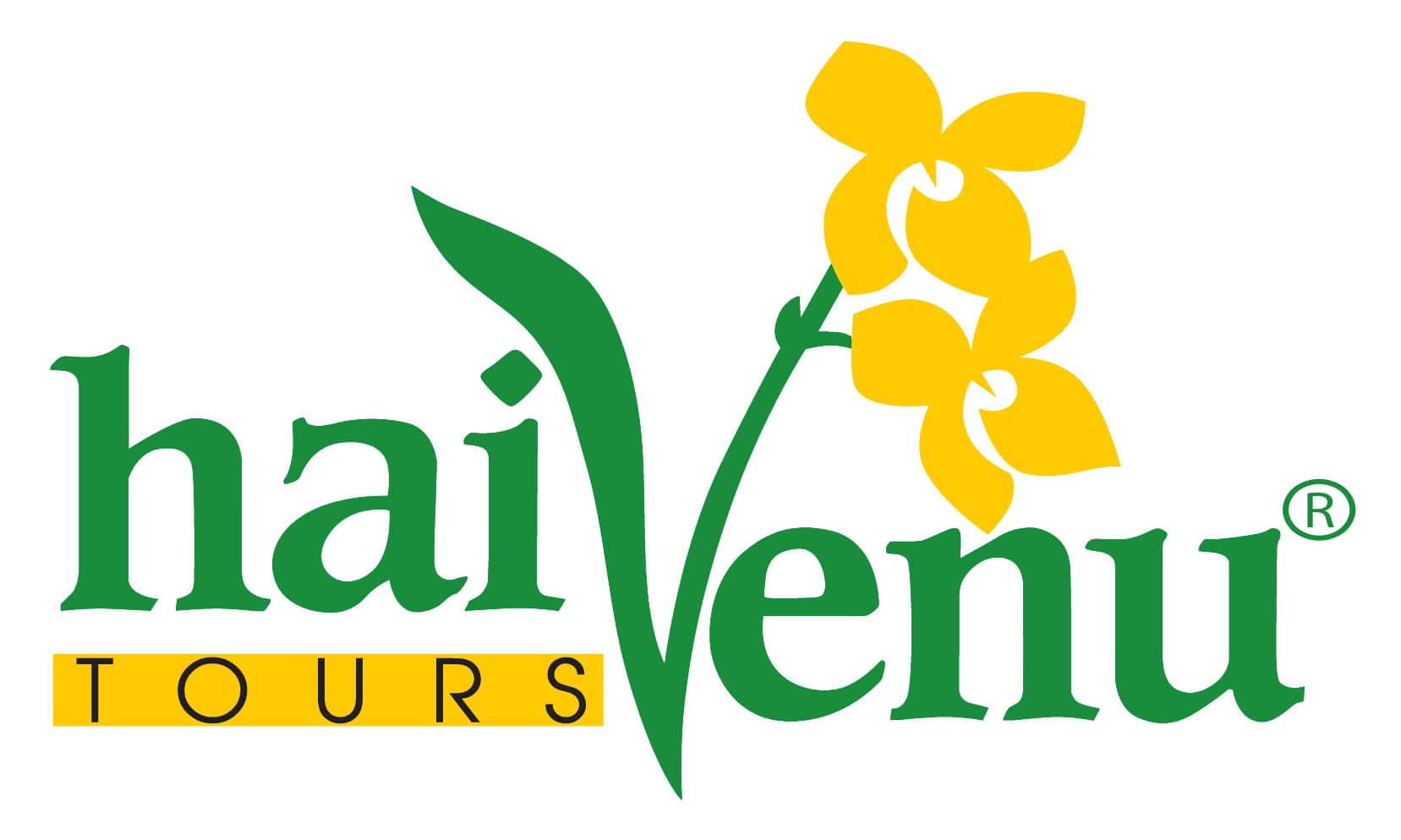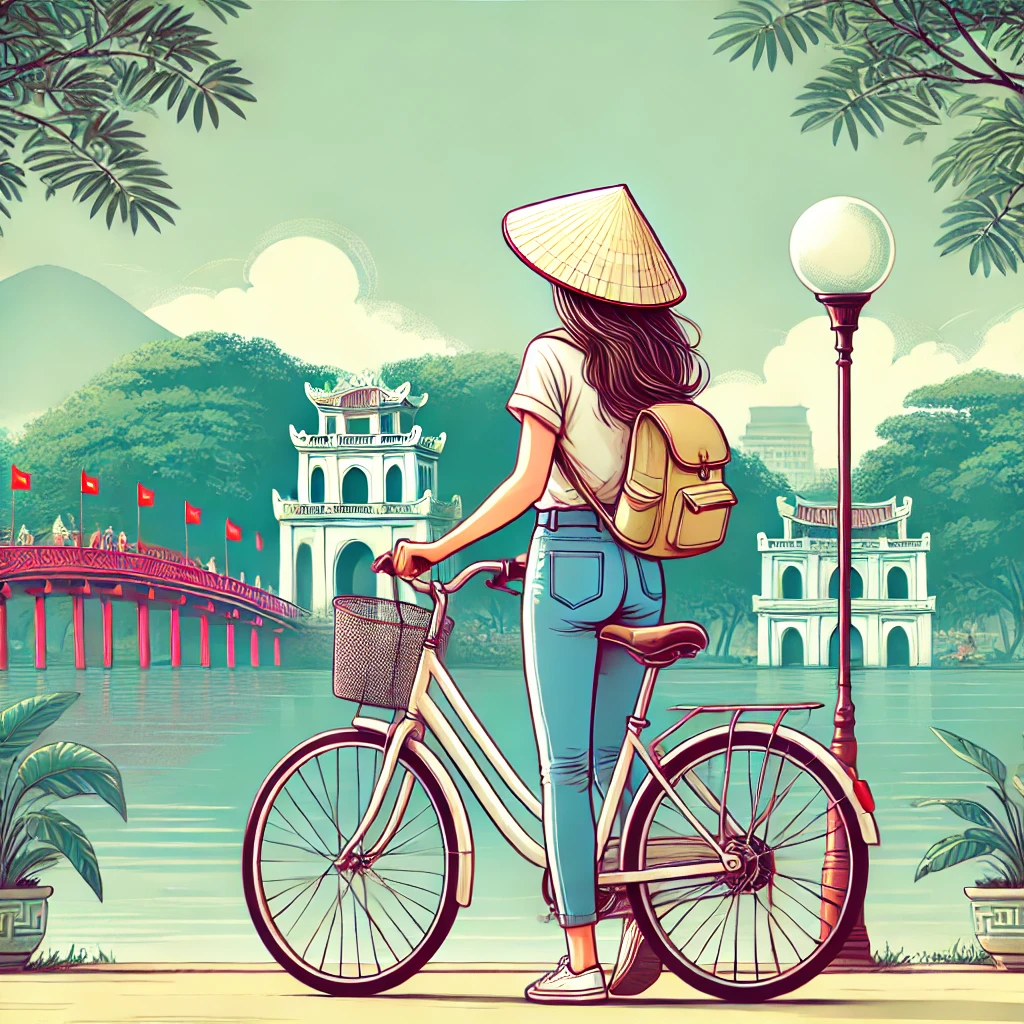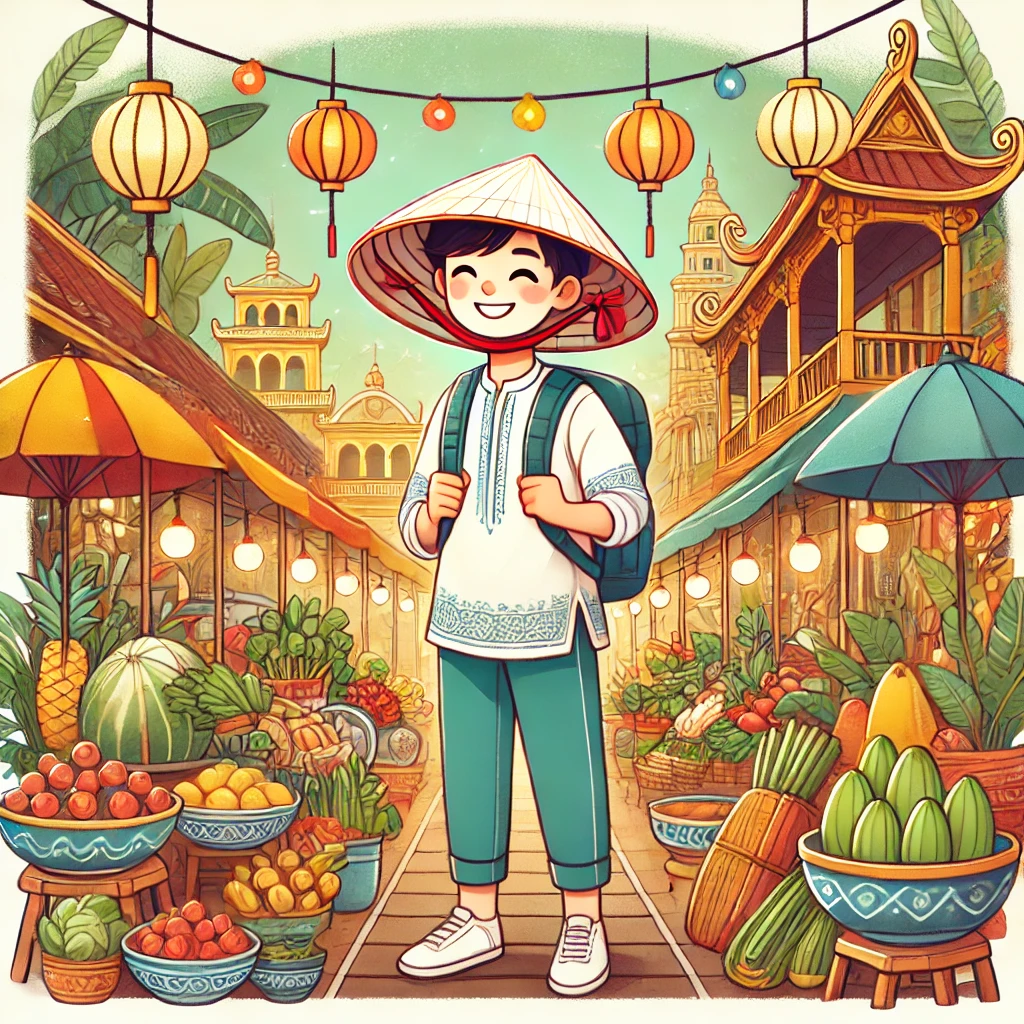Things Not to Do in Vietnam: A Comprehensive Guide for Respectful Travellers
Last Updated on 25 December, 2024 by admin
Vietnam is a land of unparalleled beauty, rich history, and vibrant culture. From the bustling streets of Hanoi to the serene rice terraces of Sapa, the country offers experiences that captivate every traveller. However, like any culturally rich destination, Vietnam has its unique customs, traditions, and rules that visitors must respect to ensure a harmonious and enjoyable journey. Having travelled extensively across Vietnam, I’ve learned many lessons—sometimes the hard way—about what not to do. Let’s delve into these essential tips, blending practical advice with personal anecdotes.
Respecting Cultural Etiquette
One of the most striking aspects of Vietnam is its deep respect for traditions and sacred spaces. This became evident to me during my visit to the iconic One Pillar Pagoda in Hanoi. Dressed in shorts and a tank top, I was stopped at the entrance and asked to cover my shoulders. While I felt slightly embarrassed at the time, I appreciated the gentle reminder and the opportunity to learn about the importance of modest clothing in religious sites. Always wear clothing that covers your shoulders and knees when visiting temples or pagodas, and remember to remove your shoes and hats before entering.
Another significant cultural nuance is avoiding physical contact with someone’s head, as it is considered the most sacred part of the body in Vietnamese culture. During a friendly interaction with a local family in Hoi An, I instinctively patted a child’s head to compliment their adorable smile. The family politely explained the cultural significance of the gesture, and I realised the importance of understanding such customs to avoid unintentionally offending someone.
Even seemingly innocuous actions like pointing with a finger can come across as impolite. Instead, use your whole hand or a gentle nod to indicate directions or objects. When it comes to taking photos, always ask for permission, especially when photographing people, monks, or private ceremonies. On a boat tour in the Mekong Delta, I learned that some locals, particularly the elderly, feel uncomfortable being photographed without consent.
Practising Politeness in Social Settings
Vietnamese society places a high value on politeness and humility, which became clear to me during an afternoon at a bustling street market in Ho Chi Minh City. While I was negotiating for a souvenir, a fellow tourist nearby began raising their voice, upset about the price. The vendor’s discomfort was palpable, and the scene drew unwelcome attention. I realised then that maintaining a calm and respectful tone, even during disagreements, not only preserves harmony but also often results in better outcomes.
Similarly, public displays of affection, such as hugging and kissing, are rare in Vietnam. When travelling with my partner, we noticed that holding hands was acceptable, but anything beyond that felt out of place. Observing these unspoken norms allowed us to blend in and show respect for the country’s conservative values.
Adhering to Legal and Safety Norms
Vietnam has strict laws, particularly regarding drugs and national symbols, which can have severe consequences if disregarded. During a conversation with a hostel owner in Da Nang, I heard about a traveller who had been detained for possessing a small amount of cannabis. Drug use in Vietnam is not only illegal but carries harsh penalties, including lengthy imprisonment.
Another important point is to respect national symbols like the Vietnamese flag or statues of revolutionary leaders. While on a guided tour in Hue, our guide emphasised the significance of these symbols and warned against using them for casual or irreverent photos. Even unintentional disrespect can offend locals and lead to legal repercussions.
On a more practical note, driving a motorbike without a valid licence can result in fines. While renting a motorbike in Phong Nha, I was asked to show my international driving licence. Without it, I would have been unable to rent a bike, let alone legally ride one. Opting for ridesharing apps like Grab is often a safer and more convenient choice for exploring cities.
Understanding Food and Dining Customs
Vietnamese cuisine is a highlight of any trip, but understanding dining etiquette can make your experience even more enjoyable. One memorable moment for me was during a family-style dinner in a homestay near Sapa. I accidentally left my chopsticks upright in my rice bowl—a gesture resembling incense offerings for the deceased. My host kindly corrected me, explaining that it symbolises bad luck. Since then, I’ve been careful to rest chopsticks neatly on the bowl’s edge.
When it comes to social drinking, there’s a unique charm to Vietnamese toasting customs. On a lively night out in Hanoi, I learned to wait for a toast before taking the first sip of beer. The collective cheer of “Một, hai, ba, dô!” added a sense of camaraderie to the evening, making the experience unforgettable.
Being Ethical While Shopping
Bargaining is a common practice in Vietnam, but it’s essential to approach it with politeness. During a visit to the Ben Thanh Market in Ho Chi Minh City, I noticed a tourist haggling aggressively over a few thousand dong (less than £1). Their persistence seemed to annoy the vendor, and the exchange ended poorly. When I approached the same vendor with a smile and reasonable counteroffers, I not only got a fair deal but also a warm smile in return.

Equally important is avoiding souvenirs made from endangered wildlife. While exploring a market in Hoi An, I came across jewellery made from what appeared to be ivory. Though tempting, I chose to walk away, knowing that purchasing such items supports illegal trade and harms the environment.
Navigating Transportation Safely
Traffic in Vietnam can feel overwhelming, especially in cities like Hanoi and Ho Chi Minh City, where crossing the street seems like a game of Frogger. A local advised me to walk confidently and avoid sudden stops, allowing vehicles to navigate around me. While daunting at first, this approach worked and made me feel more integrated into the local rhythm.
For longer journeys, I found that taking buses and trains was a cost-effective and scenic option. On a train ride from Da Nang to Hue, I marvelled at the coastal views while enjoying the comfort of an air-conditioned cabin. Ensuring your safety while navigating these transport options, however, is paramount—always prioritise licenced operators and avoid overcrowded or poorly maintained vehicles.
Miscellaneous Tips for Travellers
One common mistake I made early on was drinking tap water. During my trek in the northern highlands, I didn’t realise the water provided by a local vendor hadn’t been boiled, resulting in an upset stomach. Since then, I’ve stuck to bottled or boiled water, which is readily available and inexpensive.
Additionally, carrying cash is essential in Vietnam, especially in rural areas where credit card payments are rarely accepted. I learned this lesson while exploring the floating markets of the Mekong Delta, where vendors only accepted cash for their fresh produce and handcrafted goods.
Conclusion
Travelling in Vietnam is an extraordinary experience, filled with opportunities to immerse yourself in a rich and diverse culture. However, to truly connect with the country and its people, it’s crucial to respect local customs, traditions, and laws. By avoiding these common mistakes, you’ll not only have a smoother journey but also create positive interactions with locals that will enrich your travel experience.
Vietnam welcomes those who embrace its traditions with open arms. With this guide, you’ll be well-equipped to navigate the country respectfully and leave with memories that will last a lifetime. Happy travels!




